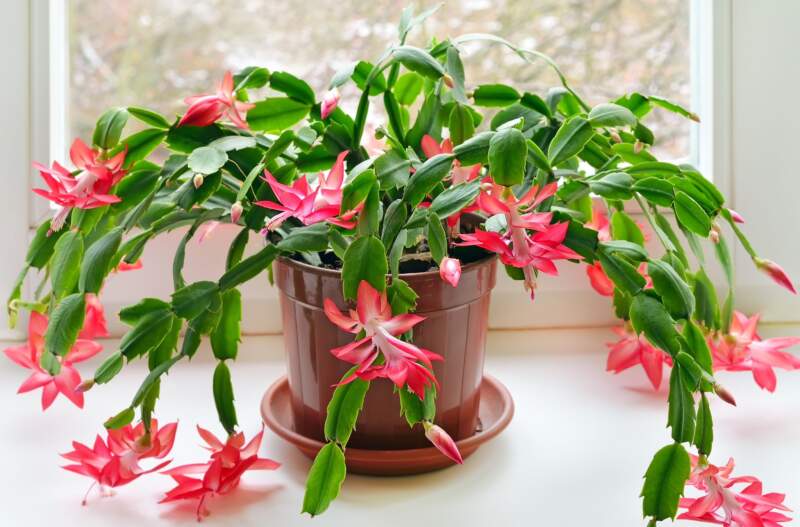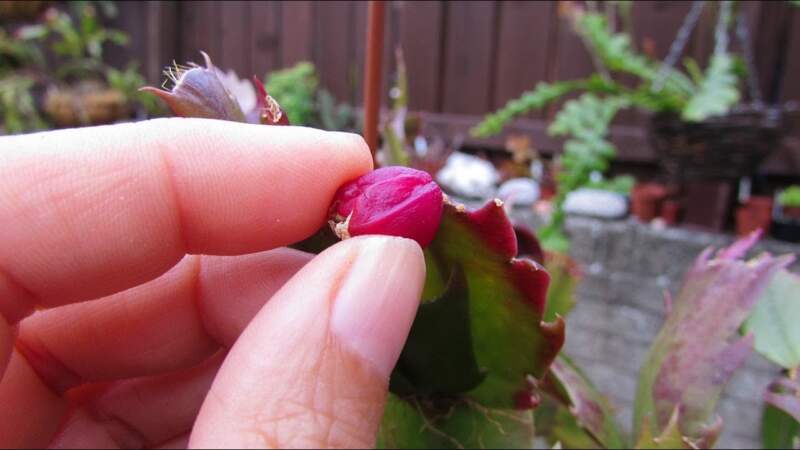Hope you all have sowed your lucky Easter Catus cuz Easter is ahead and you are passionate about welcoming spring with your pastel decor this easter. Did you decide on the gift for your loved ones?
Easter Cactus, Spring cactus, Holiday Cactus idk what you people call it, but it basically belongs to a plant family called Cactaceae. Unlike their prickly desert cousins, these cacti hail from the lush rainforests of Brazil. I’ve got a lot of questions related to this so i decided to boost your mind with some shocking fun facts about easter cactus.
The arrival of spring brings with it a wealth of bright colors and blossoming marvels. But set aside your typical tulips and daffodils; the Easter cactus is a hidden beauty that is ready to steal the show. More than just a pretty face, this spiky superstar boasts a fascinating backstory, surprising quirks, and enough fun facts to fill a basket (yes, pun intended!). So, ditch the bunny ears and hop on board this botanical adventure as we unveil the secrets of the Easter cactus!
RELATED BLOG :
- WHAT’S WRONG WITH MY EASTER CACTUS?CAUSES,TREATMENT & PREVENTION TIPS
- You’ve Been Watering Your Easter Cactus WRONG! (Don’t Make This Mistake)
Some fun facts about Easter cactus

Blooming Beauties with a Twist
Imagine you are having out in gaint dark forest with little sunshine coming by tearing the trees and you suddenly see some star-shaped blossoms in vibrant hues of pinks, oranges, reds, and whites, erupting in a glorious spectacle around Easter time (hence the name!)And get this – these aren’t one-day wonders! Each flower puts on a mesmerizing dance, opening with the sunrise and gracefully closing at dusk, offering you a week-long floral extravaganza.
Beyond the Pretty Petals
But the Easter cactus is more than just a blooming beauty. Did you know they have a secret sweet tooth? After their floral fiesta, they produce tiny, edible berries. Now, before you run off to pluck a cactus, be warned!!!!!!the taste might not be for everyone (think tart and tangy, not sweet and juicy). But hey, points for effort, right?
Shocking Facts
Name Game: The Easter cactus has undergone several scientific name changes throughout history, adding to its intriguing mystique.
Fragrant Friend: Unlike its non-scented siblings, the dwarf Easter cactus (Hatiora rosea) boasts sweetly scented flowers, making it a fragrant addition to any room.
Seasonal Confusion: Don’t get them mixed up! Thanksgiving and Christmas cacti have similar appearances but bloom at different times.
A Touch of the Tropics on Your Plate

Remember those edible berries we mentioned? Believe it or not, they can be incorporated into culinary creations, adding a unique twist to your dishes! Here are some ideas:
- Sweet Treats: Blend the berries into jams, jellies, or even ice cream for a burst of tartness.
- Savory Surprises: Use them as a garnish for salads, tacos, or even cocktails for a pop of unexpected color and flavor.
- Infused Delights: Steep the berries in hot water to create a refreshing and slightly tart tea.
Remember, moderation is key. Start with small quantities and adjust based on your taste preferences.
The Gift that Keeps on Giving
The Easter cactus isn’t just a beautiful addition to your home; it’s also a thoughtful and eco-friendly gift for your best friend this Easter. Spread the love with your love once this easter with this eco-friendly gift and save the planet. A new resolution this Easter?
FAQs
What triggers Easter cactus to bloom?
Easter cacti, commonly called spring cacti, bloom in response to certain environmental cues, temperature and photoperiod being the main ones:
Photoperiod:
Because Easter cacti are short-day plants, they need long nights—14–16 hours—and short days—eight hours—in order to start bud formation. This mirrors the conditions in which they would naturally develop in subtropical woods that have distinct wet and dry seasons.
This stretch of lengthy nights should ideally continue for six to eight weeks prior to spring. Any exposure to artificial light at night can impede the process.
Temprature
Cold weather is also very important. For bud growth, nighttime temperatures between 50 and 55°F (10 and 13°C) are ideal. Warmer nights have the potential to delay or stop blossoming completely.
Other factors:
- Water: While Easter cacti tolerate drier conditions than other cacti, avoiding overwatering during dormancy and providing moderate watering as blooms develop is important.
- Fertilizer: Stop fertilizing the plant 6-8 weeks before the desired bloom time.
- Stress: Avoid sudden changes in the environment, excessive drafts, or repotting during bud formation.
Should I remove dead flowers from Easter cactus?
Your Easter cactus doesn’t require dead bloom removal! As soon as their bloom cycle ends, they fall naturally. It’s not required to remove them, although doing so won’t hurt the plant. The plant is self-sufficient in cleaning up. Nonetheless, you can carefully pick up and dispose of fallen flowers if you think they’re ugly. Just concentrate on giving your cactus the right care (light, water, and humidity) to promote more blooms in the future!


